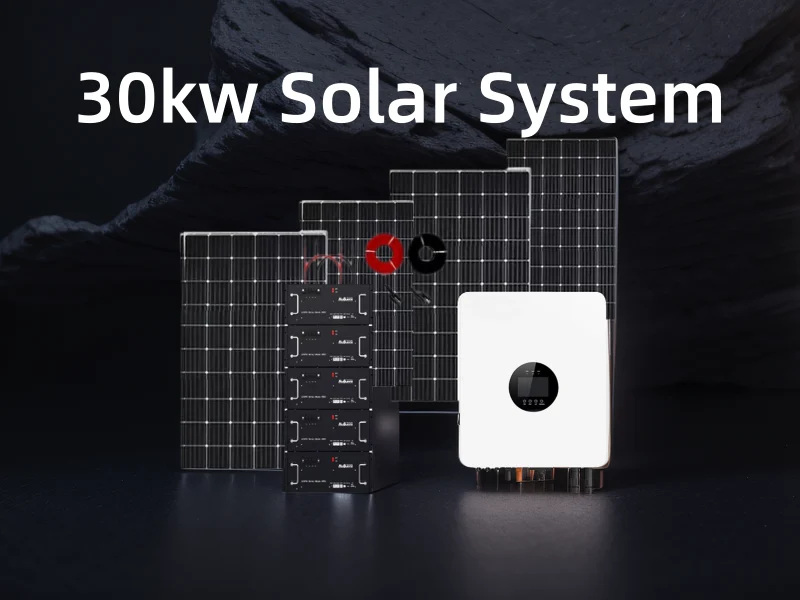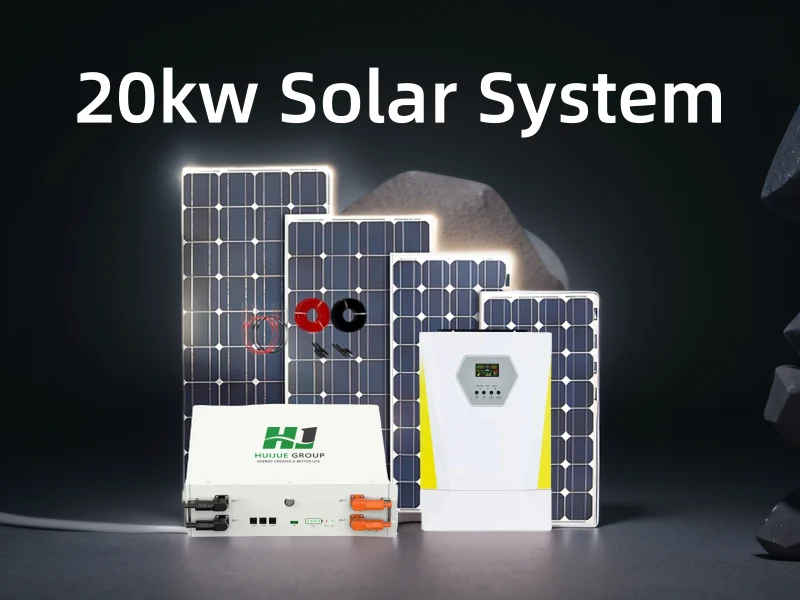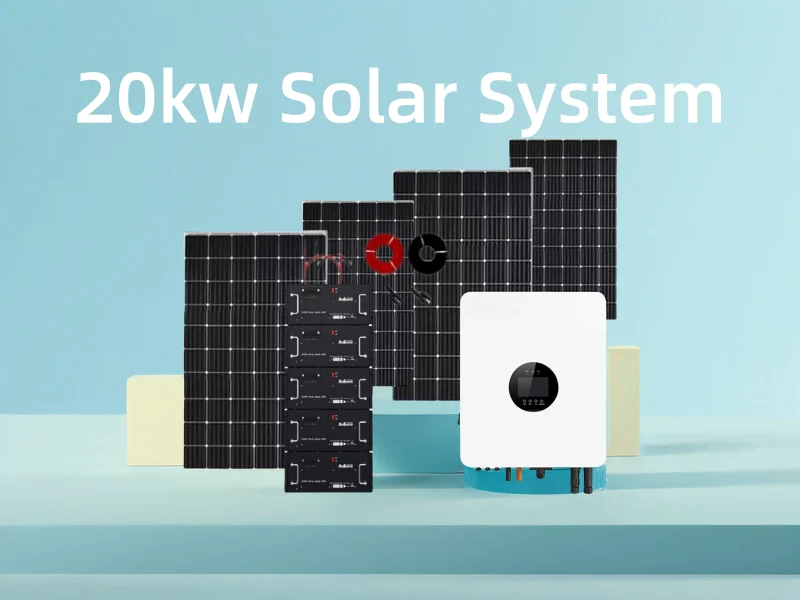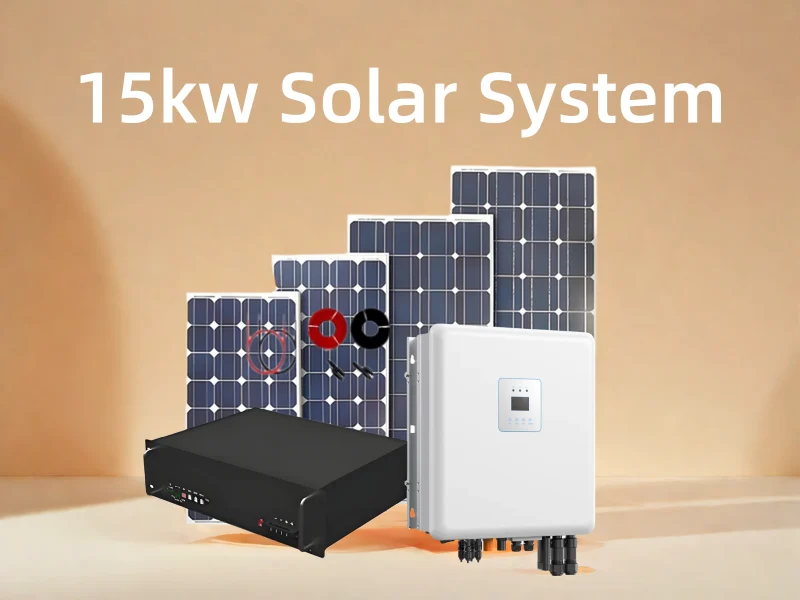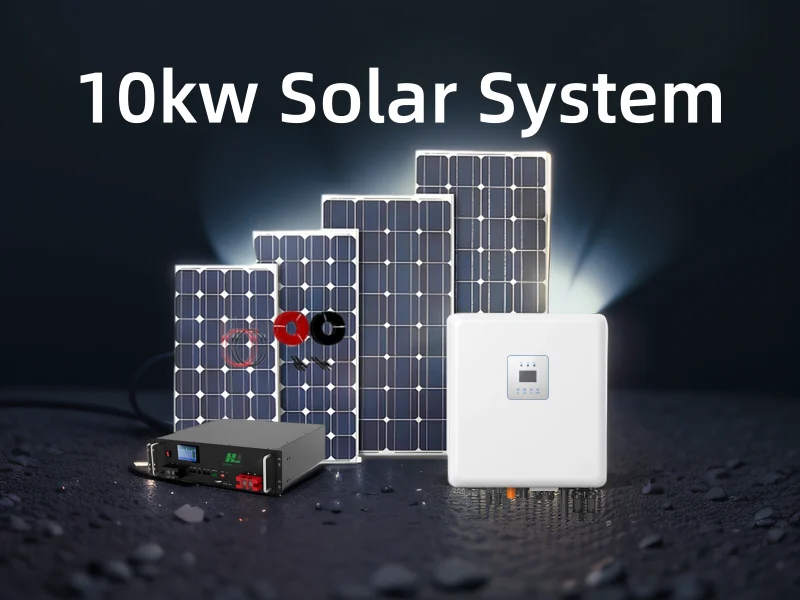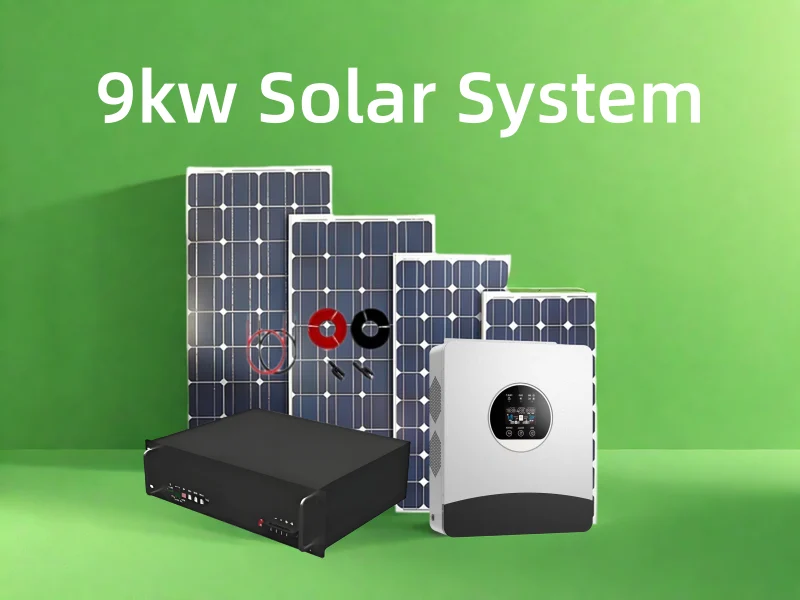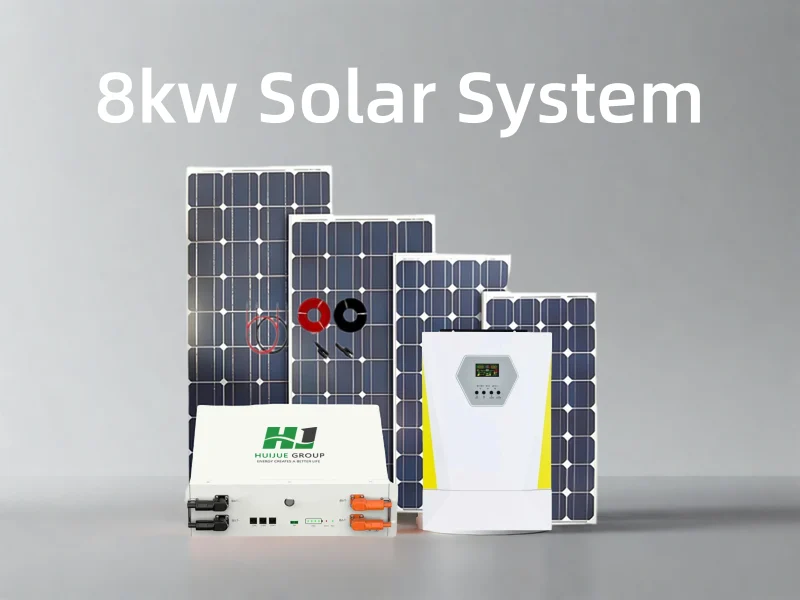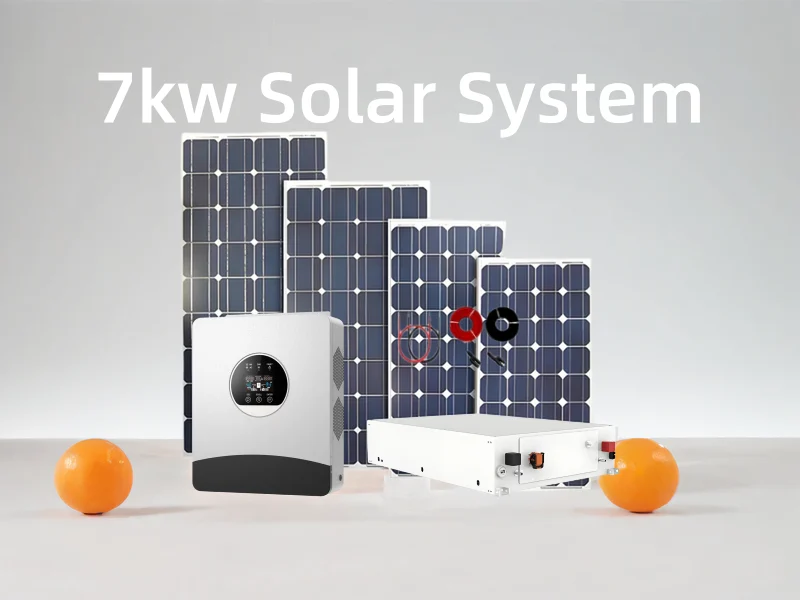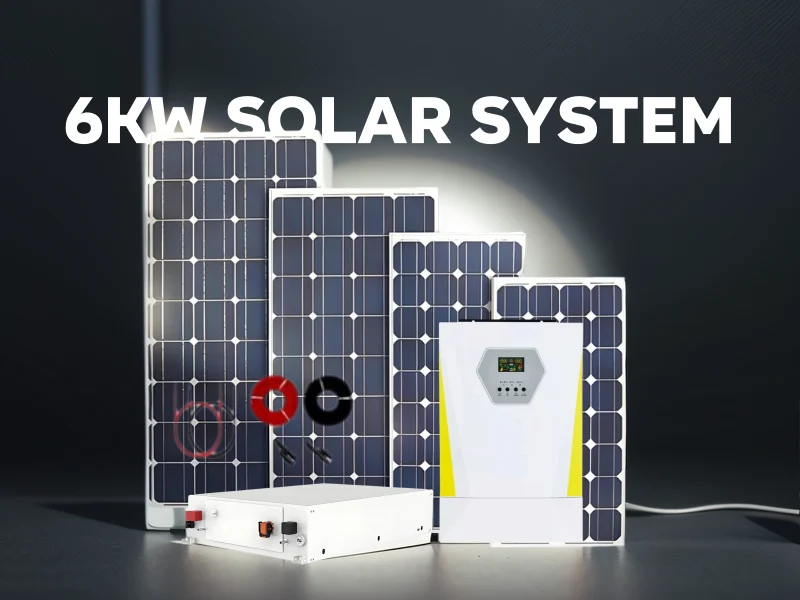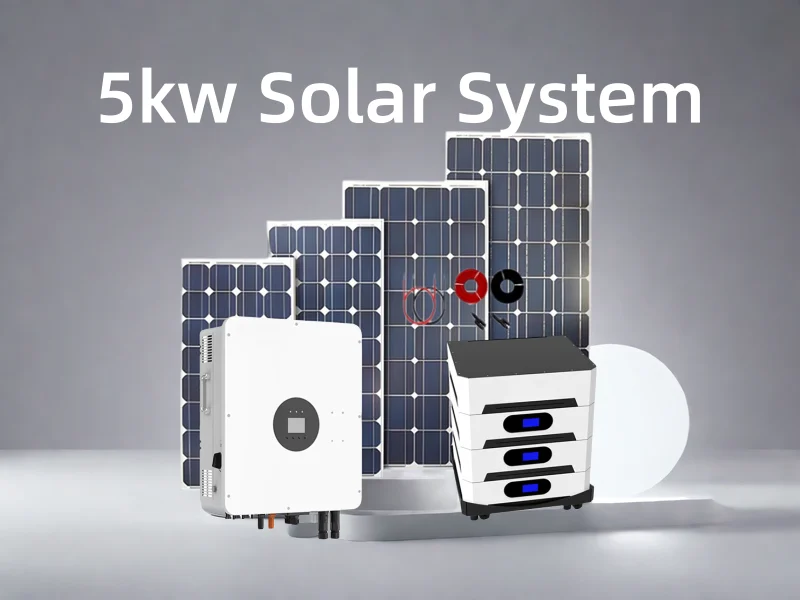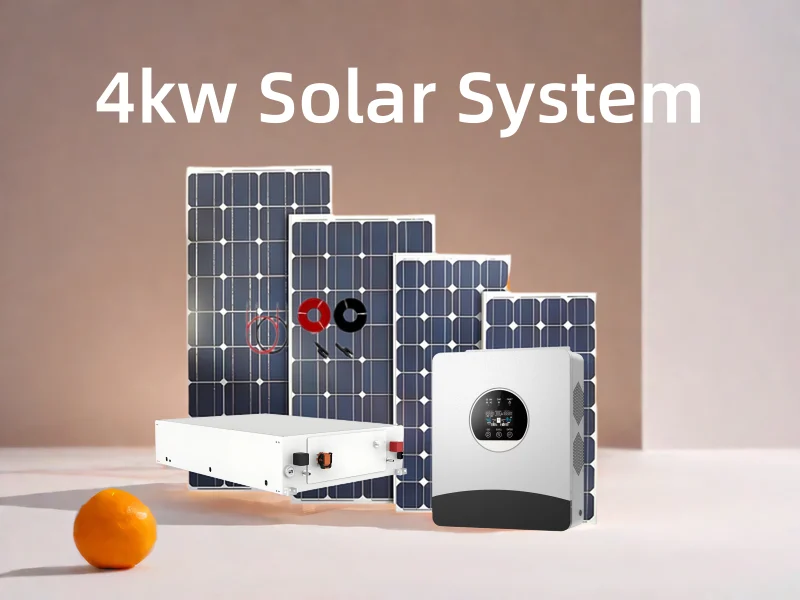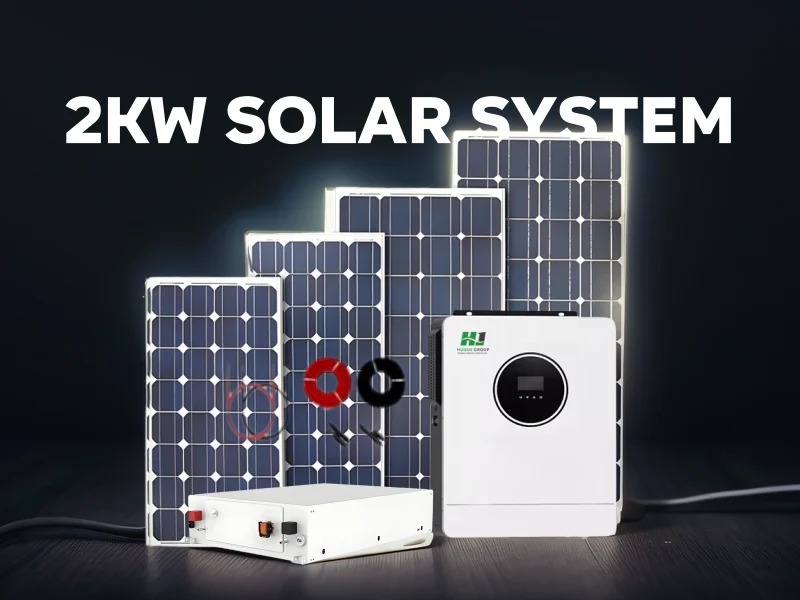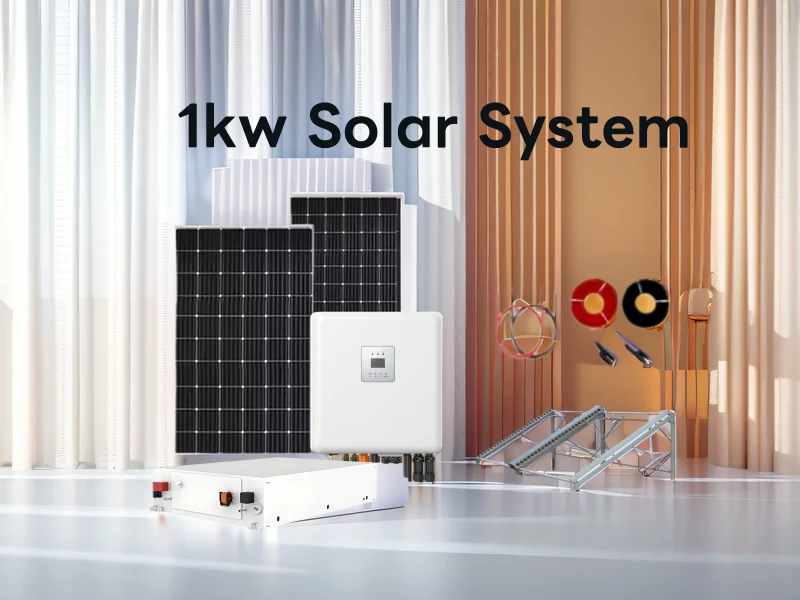How Much Electricity Does a TV Use? Power Consumption Explained
TV Electricity Use: The Surprising Reality
Ever speculate as to why your electric bill seems to be on the rise? More importantly, it might have something to do with that TV. Modern televisions aren't all about entertainment; they are, in fact, a huge silent energy hog and can really increase the power bill in your household. Let's examine the hard numbers.
Key Factors Affecting TV Power Consumption
- Screen size: Power draw can be 10x with a screen size of 32" versus 85".
- Technology: OLED is 20 percent more consuming than LED/LCD.
- Brightness settings: Highest level of brightness draws 40-60% more.
- Usage patterns: 4 hours a day versus it always being on as background TV.
| TV Type | Screen Size | Power Range (Watts) | Hourly Consumption |
|---|---|---|---|
| LED/LCD | 55" | 60-130W | 0.06-0.13 kWh |
| OLED | 65" | 100-200W | 0.10-0.20 kWh |
| QLED | 75" | 150-300W | 0.15-0.30 kWh |
Actual Energy Cost: What Your Bill Will Be
Now let's take some examples using 2024 energy rates. Consider a mid-priced 65" 4K LED drawing 100W. If you watch it a lot, say 4 hours every day:
Cost per equal day: 100W x 4h = 400Wh (0.4kWh) x 14¢/kWh = 5.6
Monthly total: 5.6¢ x 30 = $1.68
Wait, that's just when it's in use. Standby for 20 hours of the day is common for many households; consider the standby consumption of 0.5W:
Standby: 0.5W x 20h = 10Wh (0.01kWh) x 30 days = 0.3kWh ($0.042).
The Hidden Energy Vampire: Smart TV Features
Modern smart TVs, featuring always-listening voice assistants and background content updates, use an additional 15-25% on top of their base power consumption. According to a 2024 study:
- Voice control ON: +8-12W
- Automatic content updates: +5-7W during operation
- Ambient light sensor: +3-5W
Energy-Saving Hacks That Actually Work
Want to reduce your TV energy with no loss of picture quality? Try these tried and true methods:
- Turn on Auto Brightness. (Saves 30-50W.)
- Engage Eco Mode. (Reduces power by 20%.)
- Turn off motion smoothing functions. (Saves 15-25W.)
- Configure automatic sleep timer. (Helps avoid trouble with wasting overnight.)
Now here's a pro tip: Look for the energy guide label on your TV. Gear that's ENERGY STAR 8.0 certified usually consumes anywhere from 25-30% less power than others.
Future-Proofing Your Setup
With 8K TVs now available in the market, there is a trend toward greater power consumption by newer models. Still, some next-generation display technologies, such as MicroLEDs, can gain efficiency upwards of 40%. When shopping for upgrades, consider the following:
- Compare watts per square inch.
- Look for local dimming zones (better contrast with less power).
- Consider modular TVs, turning on the portions of the screen that are active.
Myth Busting: Common Misconceptions
"Screen savers save energy." - Screen savers work great; the only problem is that they consume energy. Most of them, animated or not, consume 10-15% more power than standby mode!
"Bigger is always better." - Sure, 85-inches are overwhelming, and that power consumption of 400W+ translates to an extra $35+/year in energy bills when compared to a 55-inch model.
Now here's the kicker: If properly set up, present-day TVs could be more energy-efficient than incandescent light bulbs. With its settings set to medium brightness, the 65-inch OLED consumes the same power as two 60W bulbs but offers so much more in terms of value.



